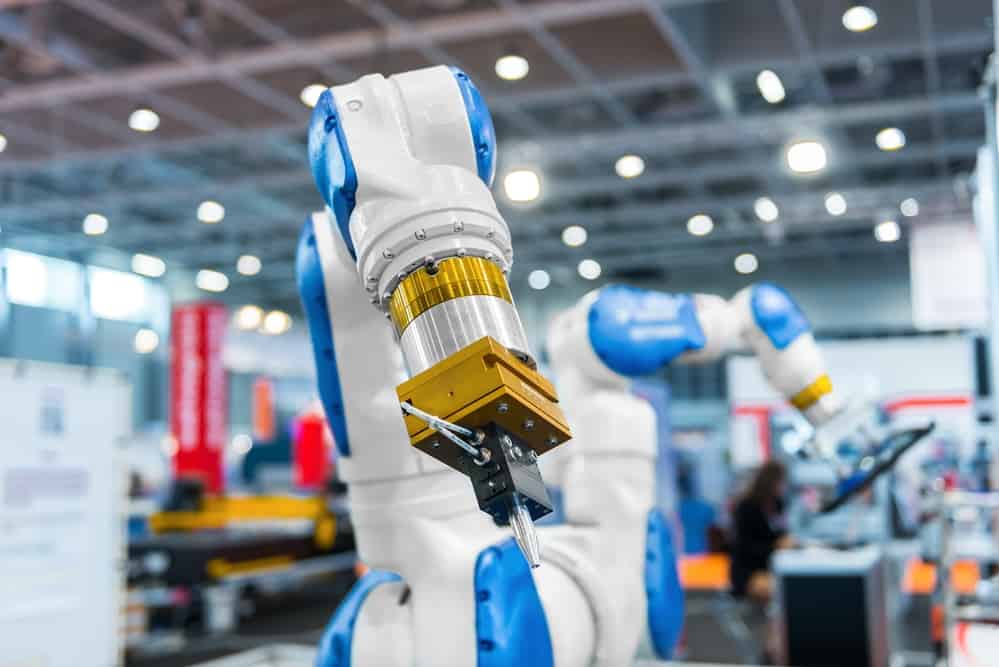Scenarios for the digitisation of standardisation and standards
The organizations DIN and DKE have presented a white paper that describes the digitization of standardization and standards in four scenarios up to 2030.

The two organizations DIN and DKE are the first in the world to set out in detail how a digital standard can be created, processed, implemented and adapted in future by both humans and machines, and what steps are required to achieve this. On the occasion of the Digital Hanover Fair presented a white paper describing the digitization of standardization and standards by 2030 in four scenarios. This was developed within the framework of the IDiS (Initiative Digitale Standards) network group. The experts of the IDiS initiative took into account the broad spectrum of topics in industry, including possible IT-based solutions, and present four levels of digital standards, which represent an important first step towards establishing a common understanding. The white paper provides initial possible answers and thus serves, among other things, as a basis for a discussion on the digital future and transformation of standardization and standards. "Currently, there is no global standard for Digital Standards. Numerous standards organizations are working independently on the topic. This makes coordinated cooperation at international level all the more necessary. The paper presented is a first step towards a common understanding of a Digital Standard," says Christoph Winterhalter, Chairman of DIN's Executive Board.
How to prepare standard content?
Standards exist in document form all over the world today, whether on paper, as PDFs or HTML files. While the industry is becoming increasingly automated, they still largely need to be input and reviewed by humans. The white paper describes how standards content will be prepared in the future so that it directly supports machine processing and use. "Our goal is for standards to be available to industry in such a way that, ideally, they can fit automatically into the control loop of production, for example, and flow directly into industry's digital systems, concepts and formats," explains Michael Teigeler, Managing Director of DKE.
Adjustments and evaluations could then be transferred to the various systems in a targeted manner. A clear time advantage with significant cost savings for the industry.
"We expect that in ten years' time all the scenarios described will occur with different probabilities and for different use cases in each case. How widespread the implementations of the scenarios will be then depends on the developments and value chains in the next few years," Winterhalter and Teigeler explain in unison. IDiS has taken on this task at national level and is coordinating activities and cooperation on the subject of the digital standard. The scenarios describe possible characteristics and levels of autonomy.
On YouTube, the Digital Standards Initiative provides information on the design and implementation of the Digital Standard. The short film is available on YouTube at: IDiS - Initiative Digital Standards.









